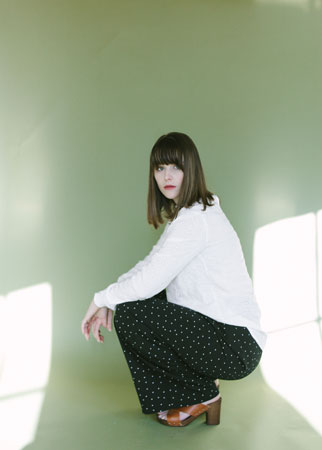Brainstorming, in my opinion, is more a game than an art—it helps to employ a little strategy. If you really want to get those creative juices flowing, here are five tried and true tips for getting the most out of a brainstorming session.
The Sky is Not the Limit
Typically, people regard brainstorming as the space where anything goes, the sky’s the limit, and so on. I will venture to say, however, that most creative ideas are born from the proper amount of structure. Because when you know what you’re working with, you’re forced to be resourceful, which naturally requires you to be more creative, resulting in better ideas. So here’s what you do: Before you head into your brainstorming meeting, discuss timeline, budget, main objectives, key players, weaknesses, and strengths with your team. If the leader of the meeting hasn’t provided this info, take initiative and ask. Once the boundaries are set, go to town! You don’t need to be overly strict about them, but boundaries will help guide you and your team in the best direction.
Give Your Ego the Backseat
I used to work for a church. Naturally, Christmas was a big deal. My department, clad in festive sweaters and fuzzy socks, would gather in a conference room in July(!) to begin brainstorming for the big holiday event that would draw thousands. Young and unsure of myself, I was too preoccupied with the thought of needing a “great” idea to actually contribute to the creative process. I spent most of the meeting thinking about myself, rather than getting in on the action. When it’s time to brainstorm, give your ego the backseat. When thoughts about ourselves dominate our headspace, they leave little (if any) room for ideas to blossom. Give yourself permission during brainstorming sessions to not think about yourself or how you will be perceived. Try it, just for an hour. See how easily the ideas start to flow.
Good Vibes Only
Once a coworker and I holed up in a conference room to brainstorm a concept for a project. It didn’t take long for me to sense the vibe was just off. We each threw out a couple ideas that were met with half-hearted affirmations. We waited, thumbed through our notebooks, stared at the floor, checked the time. There was as much luster as one feels biting into an stale tortilla chip. Here’s my point, whether we rational beings like it or not, the way we feel affects our work. Positive energy (forward motion) may be the single most important thing you can do to create synergy in a brainstorming session. Even if the ideas are lame, you’ll only get somewhere new if you’re moving. Ask questions, tell stories, watch funny YouTube videos, make a word association chart—do whatever you have to do to keep things moving and keep the vibe light.
Don’t Show Up Empty-Handed
This should go without saying, but I myself have waltzed into one too many meetings hoping that inspiration would just come to me in the spur of the moment. Of course, that’s not impossible, but luck favors the prepared. Always come to the table with at least two ideas in-hand and maybe a few more in your back pocket. Poet and writer, Johann Wolfgang von Goethe said, “Daring ideas are like chessmen moved forward. They may be beaten, but they may start a winning game.” Your ideas may serve as a springboard or you may not need them at all. Regardless, showing up with something to start with will tip the odds in favor of winning the brainstorming game.
Always Say Yes
In high school, I was in an improv troupe. There was no script, no limits, and no rules, save for one: always say yes to your partner. I believe the same concept can be applied for good brainstorming. Brainstorming is all about improvisation. Going with what you have in the moment—research, objectives, timeline, materials—and creating something new. The key to creating good flow between you and your teammates is to say yes to their ideas. No matter how silly, unsexy, or impractical they may seem. Saying no to an idea in a brainstorming sesh is like closing an open door to an otherwise locked house. The more you say no, the less points of entry you have available. Saying yes means walking through the door and checking out the room inside. Maybe it’s not the coolest or trendiest room you’ve ever seen, but as you explore the room you find there are two more doors that lead to more rooms, each one more interesting than the next. Always say yes to your partner(s), or at the very least redirect, and see where the idea takes you. You may just stumble upon something amazing.

 Nia Hendricks is writer, singer, and mother living in Nashville. She is an avid reader and enjoys discussing sociology, spirituality, and creative living.
Nia Hendricks is writer, singer, and mother living in Nashville. She is an avid reader and enjoys discussing sociology, spirituality, and creative living.